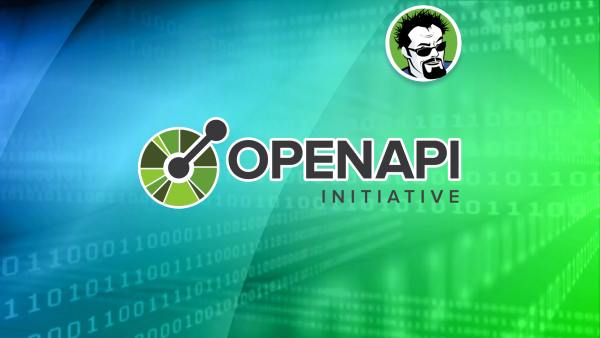Consul Miniseries: Spring Boot Application and Consul Integration Part 1
Series introduction In this short series, we will look at how we can integrate the Spring Boot application with HashiCorp Consul. Consul is a service that allows us to connect and secure services across platforms and clouds. It has many usages, such as service discovery, service mesh, or key-value store. Introduction In the first part […]Continue reading










